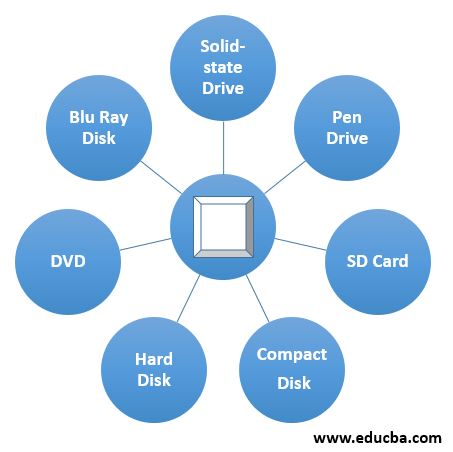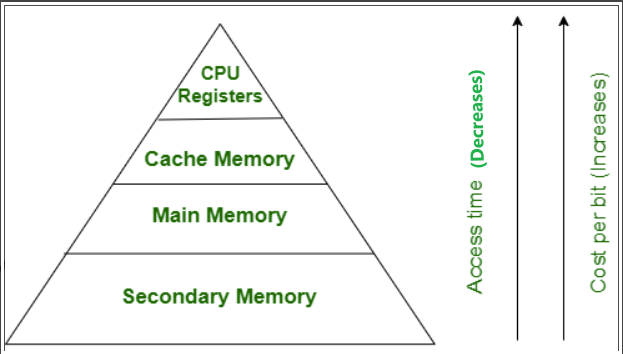Roads & PavementRoads & Pavement
Barefoot
Minimal
Low
Medium
High
Maximal
All around running shoes offer comfort and cushioning for daily runs, jogs, walks, and long mileage. They offer enough versatility for both faster and slower runs and are a great option for those who want one running shoe to do it all.
Fast run or uptempo running shoes are lightweight and responsive. They offer streamlined designs that have minimal uppers and offer a high level of energy return. These shoes are a great option for faster runs in the week or those looking for a livelier experience.
Max Cushion shoes offer premium cushioning with ample ground protection and a stable ride. These types of shoes provide abundant impact protection that softens landings while running at any pace or distance. These types of shoes are best for slower recovery runs and easy days where comfort takes priority.
Racing shoes are designed with optimal performance in mind. These types of shoes have snug-fitting uppers, energetic midsole foams, and features implemented for maximum efficiency. These types of shoes are best for runners looking to gain the ultimate advantage in races but may sacrifice some durability and comfort.
Gym Workout shoes offer a stable and versatile ride. They have a firmer underfoot feeling that provides stability for lateral movements with comfortable uppers. These types of shoes are best for trips to the gyms, cross training, casual wear, and light running. Difference Between Primary Memory and Secondary Memory Shiksha
Road running shoes feature smooth outsoles that are designed for running on paved surfaces such as roads, sidewalks, and bike paths.
Designed to handle most trail runs, these shoes prioritize comfort and a smooth ride. These shoes are great for anything from smooth singletrack, park trails, and fireroads making them ideal for those who run from their doorstep on streets before hitting the trail.
These shoes are best used for hard, rugged trails such as shale, granite or sandstone where grip on smooth surfaces and underfoot protection are important.
Designed for use in muddy, soggy conditions, these shoes feature very aggressive outsoles that dig deep into soft ground for exceptional traction.
These shoes feature technical outsoles designed to grip snowy and icy trails making them ideal for winter trail running.
Cushioning level, or stack height, refers to how much shoe is between your foot and the ground. For this category, we reference the amount of cushioning below the forefoot as the heel height will be equal to or greater than the forefoot height.
What is Primary and Secondary Memory
0-13mm. The Shoe generally does not have a midsole and feels like there is no cushioning. This shoe is all about feeling the ground underfoot.
14-18mm. The shoe has a thin midsole that allows for a natural running experience. Racing shoes and minimalist shoes are common here. These shoes offer a feeling of being connected to the road or trail.
19-23mm. The shoe has a slightly cushioned feel and may feature added cushioning technologies. Performance training shoes and some trail shoes are common here. These offer protection during footstrike but prioritize a lightweight, grounded experience.
24-28mm. These shoes have a stack height that fall near the middle of the spectrum.The shoes in this category are verstaile and great for all types of runs and distances.
29-34mm. The shoe has a thick midsole and ample cushioning. These shoes are highly protective and absorb more impact than the body.
35mm plus. The shoe has an extremely thick midsole and extra cushioning. The focus is on protection and soft foam underfoot with hardly any ground feel.
Neutral shoes support the foot through a normal range of arch collapse and generally do not have a built-in technology to correct movement.
Stability shoes are a great option for those who overpronate or need added support. These shoes help to limit the inward rolling motion of the ankle while running or walking and assist in guiding the foot straight through the gait cycle. I. Secondary Memory II. Primary Memory a RAM i. SRAM ii. DRAM b
Product Details:
Computer Architecture Reference Webopedia Study Guide sale, Primary Storage vs. Secondary Storage What s the Difference sale, Virtual Memory Overcoming the Limitations of Physical Memory sale, Secondary Storage Devices in Computer Organization javatpoint sale, Difference Between Primary Memory and Secondary Memory primary memory Vs secondary memory sale, What is Swapping in Operating Systems OS Scaler Topics sale, SOLUTION Lect 9 secondary memory Studypool sale, Secondary Storage an overview ScienceDirect Topics sale, Memory sale, Solved Match the definition to each term related to paging Chegg sale, Second memory of computer definition and explain sale, Secondary Storage Definition Purpose Devices Lesson Study sale, storage devices by Toufik Kherfi on Prezi sale, Computer Science Bhairahawa sale, 3.1 Storage devices Storage memory and processing devices sale, What is Computer Memory and What are Different Types sale, VIRTUAL MEMORY. VIRTUAL unreal MEMORY is the part of by sale, Basics of Computers Secondary Memory sale, Secondary Memory javatpoint sale, SOLUTION Unit 1 Computer System 31st OCT Studypool sale, What is Secondary Memory full Explanation what is auxiliary memory secondary storage devices sale, secondary storage devices PPT sale, PPT Secondary Memory and Input Output PowerPoint Presentation sale, Memory Farhana Rahman December 7th 2004 CS147 SECTION ppt download sale, Primary Memory Definition Types etc. Dipansu Tech by sale, USB flash drive Wikipedia sale, Secondary Memory GATE Notes sale, Primary and Secondary Memory Clement John sale, SOLUTION Difference between Primary memory and secondary memory sale, Types of Computer Memory RAM ROM and Secondary Memory Latest sale, Zed Computer What is a Storage Device Definition Types sale, Difference between Primary Memory and Secondary Memory Effective sale, What is a secondary storage device sale, Secondary Memory javatpoint sale, GATE AIMERS 2022 CS Computer Organization Secondary Memory Satya Narayana sale, Difference between Primary and Secondary Memory GeeksforGeeks sale, Primary and Secondary Q. Difference between Primary and sale, I. Secondary Memory II. Primary Memory a RAM i. SRAM ii. DRAM b sale, What is Primary and Secondary Memory sale, Difference Between Primary Memory and Secondary Memory Shiksha sale, Secondary Memory Top 7 Essential Secondary Memory Devices sale, Memory devices PPT sale, What is Primary and Secondary Memory sale, Computer science what is secondary memory sale, An Overview of Secondary Memory Types Features and Storage sale, Basics of Computers Secondary Memory sale, What is Secondary Memory full Explanation auxiliary memory sale, Secondary Storage Definition Purpose Devices Video Study sale, Secondary memory PPT sale, Secondary Memory GeeksforGeeks sale, Product Info:
Secondary memory definition sale.
- Increased inherent stability
- Smooth transitions
- All day comfort
Model Number: SKU#7521209





